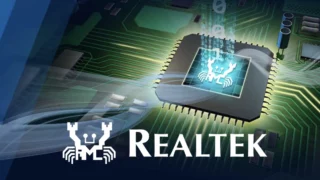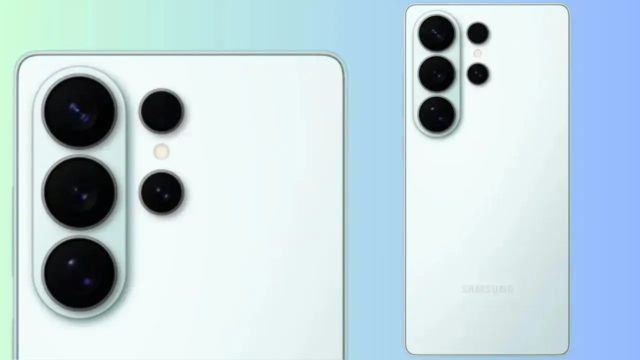Uber is getting back into the sky. The company has partnered with Israeli startup Flytrex to reintroduce drone deliveries in the U.S., aiming for pilot tests before 2025 wraps up.
Uber drone deliveries tap Flytrex’s proven system

Unlike its first failed attempt in 2019, this time Uber isn’t starting from scratch. Flytrex already holds FAA approval to operate drones Beyond Visual Line of Sight and has completed over 200,000 suburban deliveries across North Carolina and Texas.
With that track record, Uber sees a chance to plug drones into its delivery ecosystem alongside bikes, cars, couriers, and sidewalk bots.
What makes Uber drone deliveries different now
The drones used in these upcoming trials can carry loads up to 3 kilograms and reach destinations in just a few minutes. In previous Flytrex runs, some deliveries landed at customers’ doors in under five minutes.
Here’s what they bring to the table:
- Speed: Faster than most bike or car deliveries
- Lower emissions: No gas, fewer carbon footprints
- Less traffic: One less car on the road per trip
- Scalability: Now legally viable under new FAA rules
That last point could be the real game-changer.
Not Uber’s first flight but a smarter one
Back in 2019, Uber tried a drone program through its Elevate unit, but red tape shut it down. The division was eventually sold to Joby Aviation. This time, regulations have caught up with ambition and Flytrex brings real-world delivery muscle.
Uber drone deliveries target suburban speed
Suburbs make the ideal test zone. Light traffic, wide open spaces, and clear air routes make it easier to deploy autonomous delivery systems. Plus, Flytrex already knows the terrain.
Drones won’t replace couriers, but they’ll change the mix
Not every order will fly. Weather, demand, and product size will still shape how deliveries happen. But if these trials go well, drones could become just another option in Uber’s growing delivery toolkit quietly slicing through the sky while the fries are still hot.













